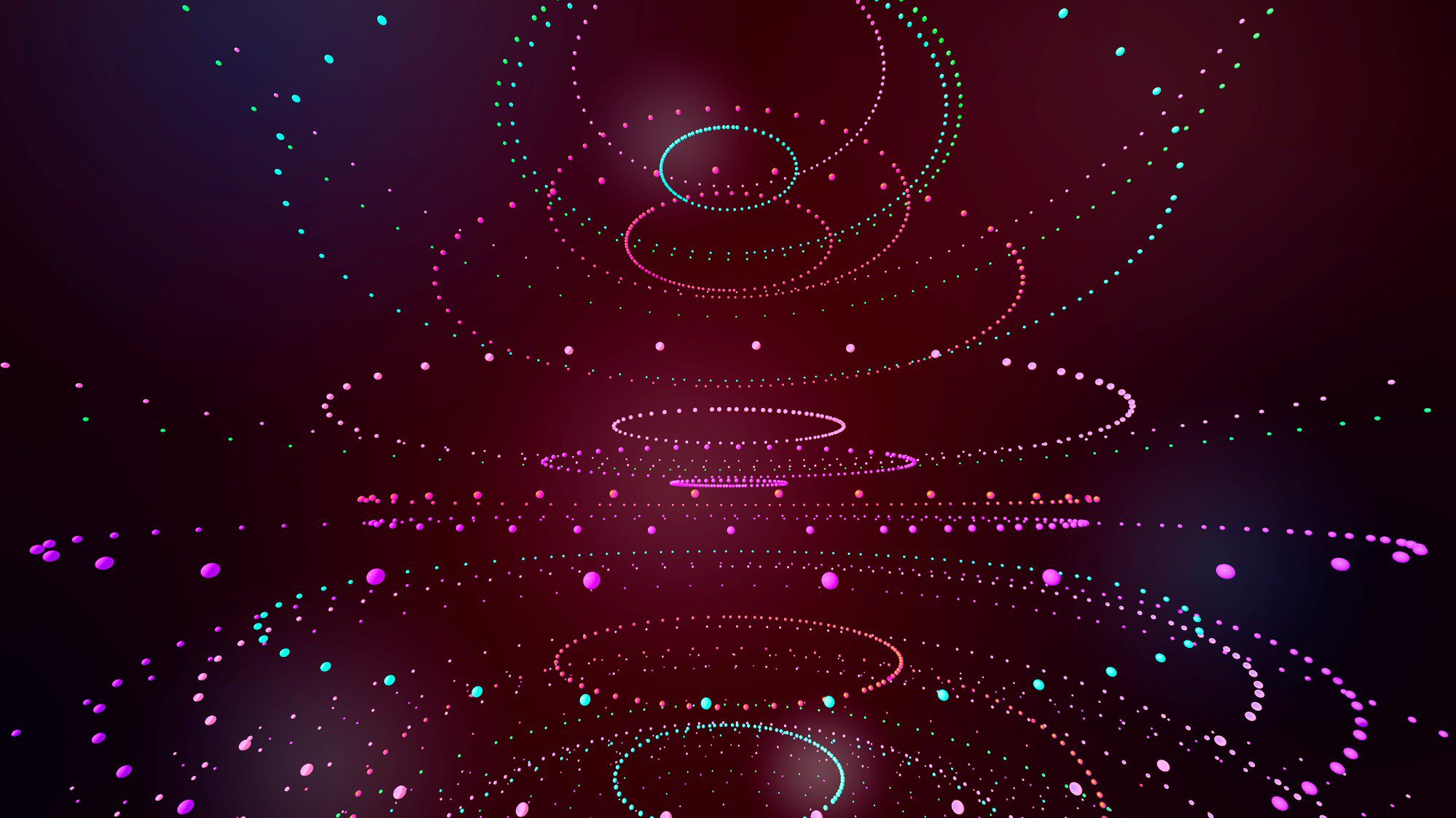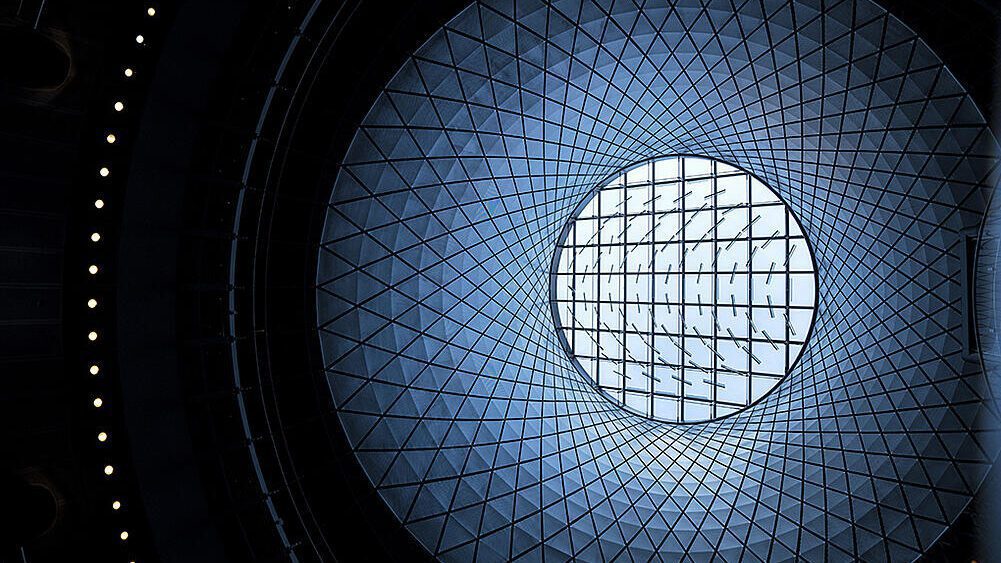A Perspective on Artificial Intelligence Patent Applications

The topic of artificial intelligence (AI) is practically inescapable these days. AI broadly refers to technologies and systems comprised of software or hardware that perform tasks and iteratively improve themselves based on the information they collect. Regardless of the industry, the odds are good that there is at least one relevant AI-driven offering product to businesses or consumers. Common interactions with AI innovations include chatbots that interact with customers to provide answers and solve their problems, as well as AI applications that help to extract critical information from large datasets. As with most emerging technologies, artificial intelligence patent applications have increased substantially.
According to the USPTO’s 2020 publication, Inventing AI: Tracing the diffusion of artificial intelligence with U.S. patents, patents containing AI now appear in roughly 45 percent of all 600 technology subclasses used by the USPTO. The distribution of artificial intelligence across many USPTO subclasses means that AI patent applications have been assigned to many different USPTO art units, making it challenging to evaluate AI patent examiner statistics, generally. However, one thing is clear—the art unit to which an AI patent application is assigned can significantly impact whether a patent will be granted.
Why art unit assignments matter in artificial intelligence patent applications
The fate of any patent application depends heavily on which patent examiner is assigned to evaluate it. Every USPTO patent examiner is a unique individual with their own experiences and perspectives. As a result, any two patent examiners could come to differing conclusions about the patentability of a particular invention. The USPTO groups patent examiners into art units that focus on specific technology subclasses, each art unit differs in its composition of easy-to-difficult patent examiners. Some art units provide patent applicants with a better chance of obtaining a patent than others.
The LexisNexis PatentAdvisor® patent analytics platform allows users to determine the relative difficulty of individual USPTO examiners and use patent data to assess USPTO art units. Examiners can be evaluated using the proprietary PatentAdvisor ETA™ metric, which accounts for each patent examiner’s allowance rate, decision trends, experience level, and more. PatentAdvisor ETA values are used to place USPTO patent examiners into three different categories—”green,” “yellow,” or “red”—which indicate whether examiners are easy, moderate, or difficult to face in patent prosecution. PatentAdvisor users can also explore the examiner category compositions of USPTO art units to determine which art units are the most, or least, favorable.
Technology centers for artificial intelligence patent applications
When looking at artificial intelligence patent applications, many wind up being assigned to patent examiners in Technology Center 2120 (Art Units 2120-2129), which focuses on patents directed at “AI and Simulation/Modeling.” Differences in examiner compositions among these art units show the impact that being assigned to one art unit or another can have on the chances of success for artificial intelligence patent applications.
For example, Art Unit 2121 currently contains zero “green” examiners. Patent applications assigned to Art Unit 2121 have a 43 percent chance of being assigned to a difficult examiner and a 57 percent chance of being assigned to a moderate examiner.

Comparatively, Art Unit 2122 has only one “green” examiner, but the consequences are substantial. Once assigned to Art Unit 2122, there is a 28 percent chance that an application will be assigned to the green examiner even though the green examiner is one of eleven examiners in the art unit. This is because green examiners typically process applications more quickly than other examiners. Consequently, the likelihood of being assigned to a “red” examiner in Art Unit 2122 is only 39 percent. Patent applicants have much better odds when assigned to Art Unit 2122 than Art Unit 2121. This can make a big difference in the successful prosecution of artificial intelligence patent applications.

PatentAdvisor helps users evaluate USPTO art units and better predict the obstacles that may arise throughout the patent process. Regardless of whether artificial intelligence patent applications are assigned to a red, yellow, or green patent examiner, PatentAdvisor patent analytics can provide insights that improve patent outcomes. Patent examiner patent data can reveal key insight to users, and PatentAdvisor can provide guidance on which actions a patent applicant should take to obtain a patent as efficiently as possible.
See how patent prosecution analytics are no longer just nice to have by reading the article and watching the on-demand webinar.
Learn more about PatentAdvisor and learn more about PatentAdvisor ETA.

Need more predictability in the patent prosecution process?
Learn how to develop successful IP strategies and proficiently manage patent applications throughout the entire prosecution process using data-driven insights and advanced analytics.
